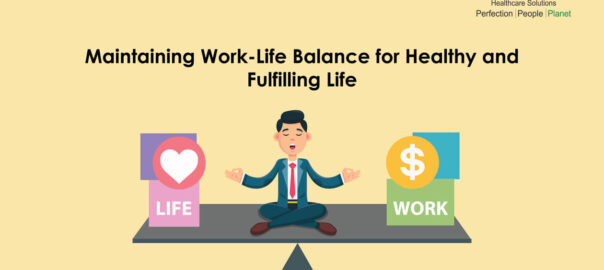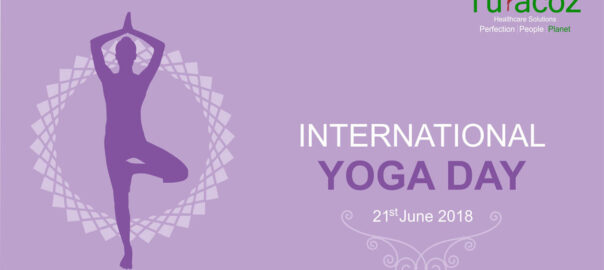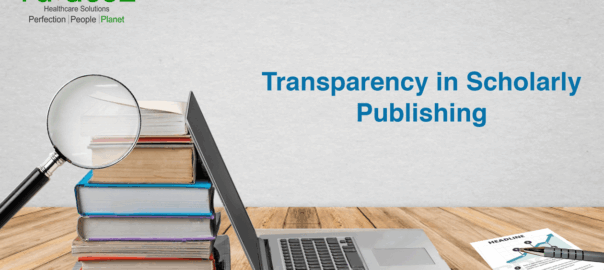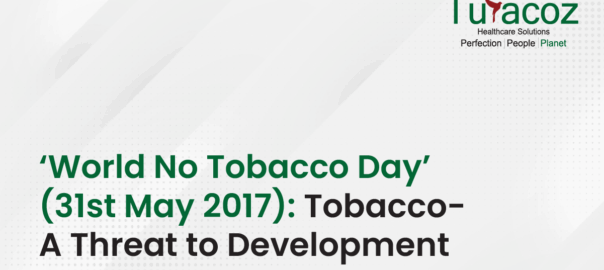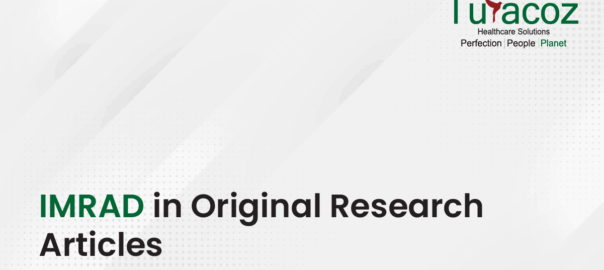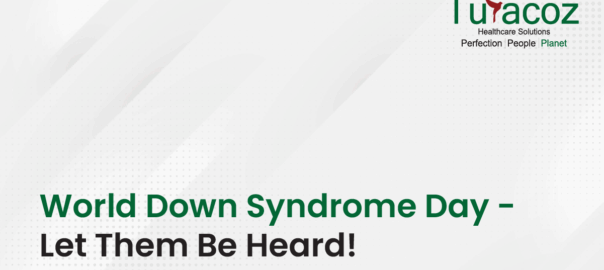People have argued about the concept of “Work-Life Balance” for decades and it implies something distinctive to everybody. Some might think that the balance is achieved when they can leave work early enough to eat dinner with family. While others might view it as having a flexible schedule, so that they can incorporate their other interests along with work like studying part-time. Yet some others might feel fulfilled spending their “free” time progressing their career.
‘Work-life balance’ is the term used to describe the balance that an individual need between time allocated for work and other aspects of life. The saying goes that ‘All work and no play makes Jack a dull boy’.
Achieving Optimal Work-Life Balance
It can be challenging to attain a great work-life balance, particularly when organizations downsize, and individuals are anticipated to take on additional assignments, or when your obligations at domestic front conflict with those at work.
The methodologies underneath can assist you achieve a balance. A few of them may suit you way better than others, so choose the ones you think will work best for you.
Here are a few ways to improve your work-life balance:
1. Work-Life Balance does not mean an equal balance, there is no ‘perfect’ balance.
When we hear “work-life balance,” we probably envision waking up early, going for work-out, getting meal, heading off to work, have lunch, come home early, cook dinner, and retiring to bed by 9 PM with a nice book and going off to sleep by 10 PM. however, that’s often not the case.
Trying to schedule equal number of hours for work and personal activities is usually unrewarding and unrealistic. Life is and ought to be more fluid than that. We should not strive for the perfect schedule but, for a realistic one. Some days, you might focus more on work, while other days you might have more time and energy to pursue your hobbies or relax with your loved ones. Balance is achieved over time and not every day.
2. Be productive at work
The more productive and efficient you are at work, the simpler it is for you to go home at a sensible time.
Make sure you like your job. If you hate what you are doing, you aren’t going to be happy and content. You don’t have to love every aspect of your work, but it needs to be exciting enough that you don’t fear getting out of bed every single morning.
3. Prioritize your health.
Prioritizing your health, will make you a better employee and individual in true sense. Your overall wellbeing should be your fundamental concern. In the event you’ve been struggling with anxiety or depression and you think any treatment would benefit you, fit those sessions into your schedule, even if you need to leave work early or take time off from other activities.
4. Flexibility
Flexibility plays a vital role in maintaining a good work-life balance. Research has shown that people who believe they have flexible jobs look more favorably on their work-life balance than those with the same workload but with no perceived flexibility. It also found that team members who think their jobs are flexible do longer hours before their workload has a negative effect on them.
Another research came to similar conclusions: you are more likely to stay and feel satisfied in your job if you have access to flexible working arrangements.
Ask your boss to permit more flexibility in your schedule. Perhaps, you could work from home occasionally, come in and leave early, or have some flexibility with your working hours. Job sharing, when two people split the responsibilities of one role, is another well-known option.
5. Finding time for yourself
Work-life balance means having time for yourself as well. While your work is important, it shouldn’t be your whole life. You should prioritize work, activities or hobbies that make you happy.
The people and the work that you love deserve your best, and you can only give it when you stay healthy and look after yourself.
To bring more balance in your life, review how you spend your time, identify and eliminate low-value tasks and try to put more efforts on activities that you believe will make difference. Be flexible and add flexibility to your schedule. Discover the reason and fulfillment in whatever work you do.
Turacoz Healthcare Solutions understands the significance and importance of maintaining a perfect work-life balance and supports its each employee to ensure that they stay stress-free and enjoy their work without their personal lives being hampered. We also urge every working individual to take charge in achieving the same. Let us all pledge to bring in the perfect blend of personal and professional life.

